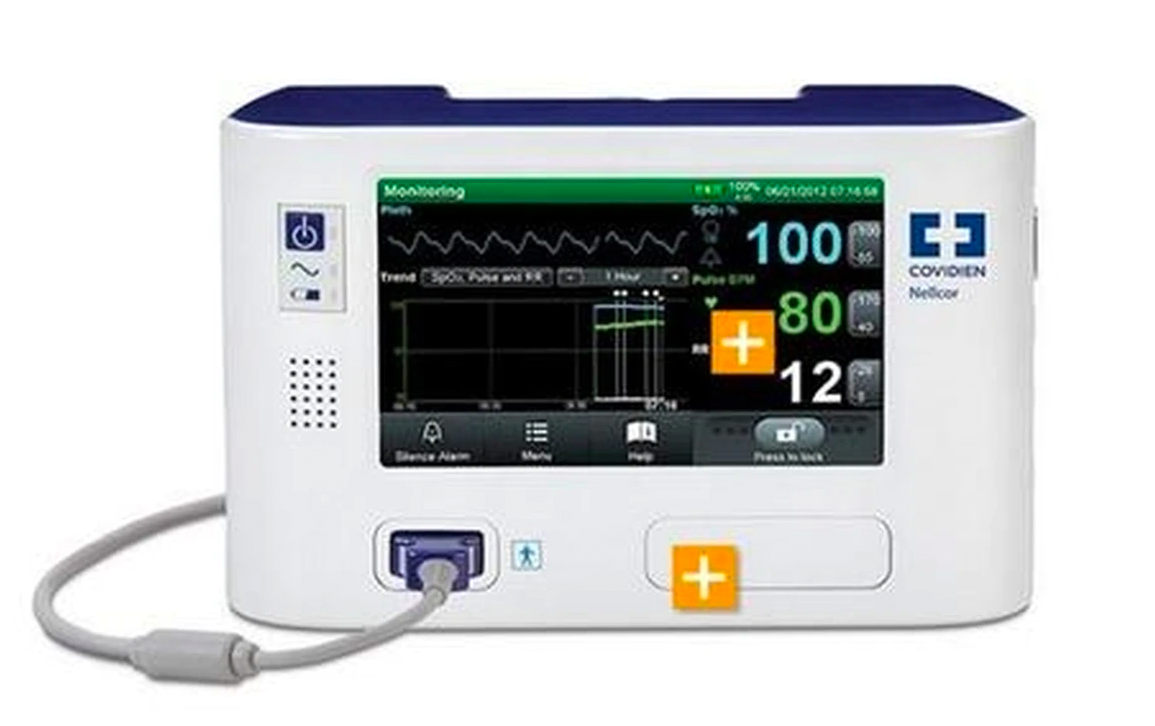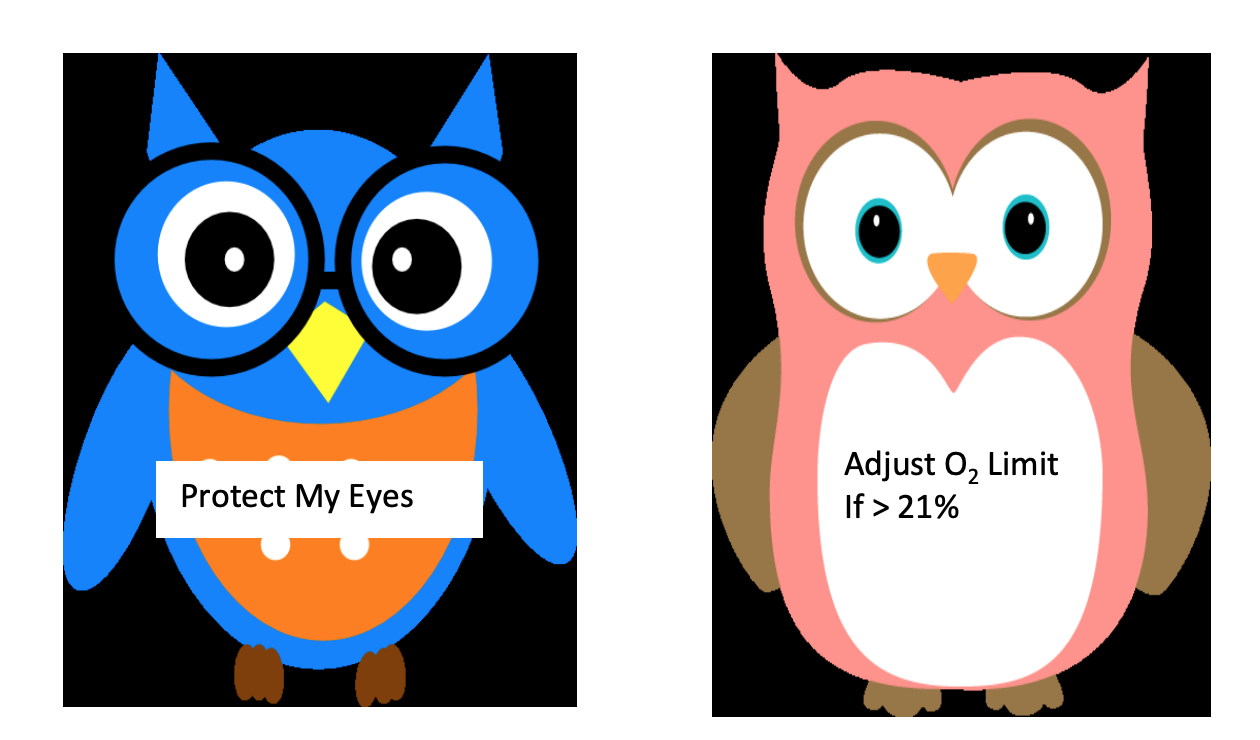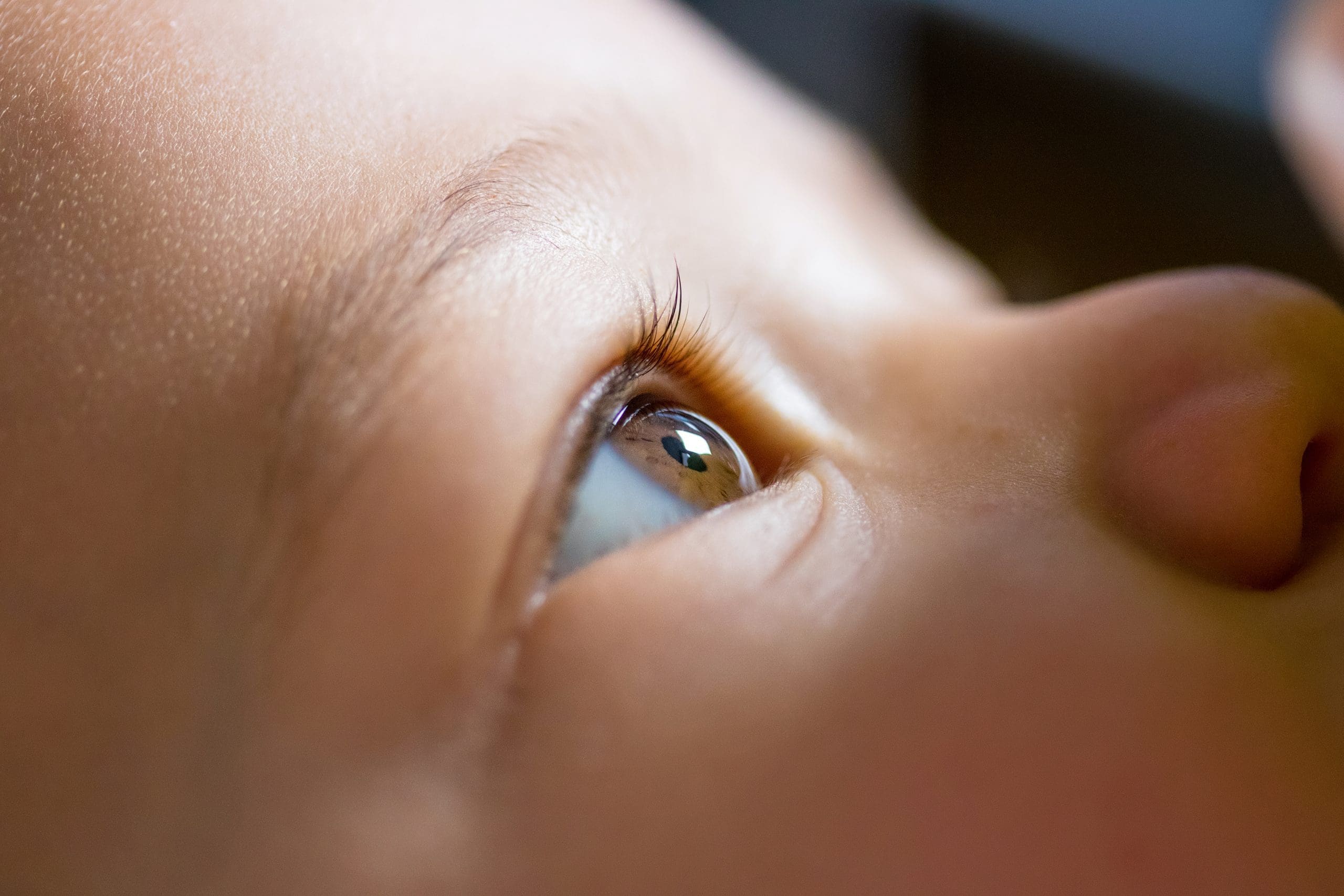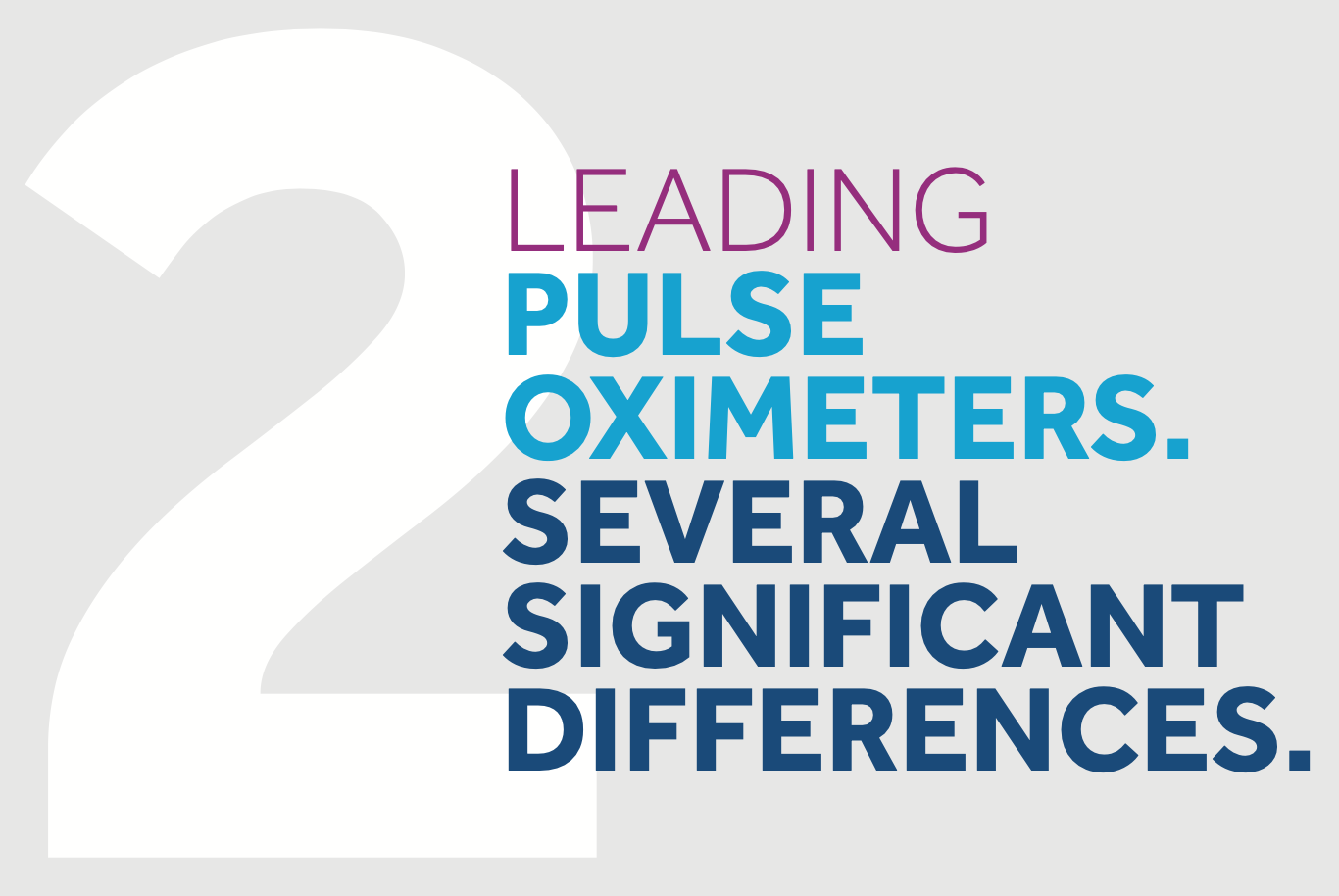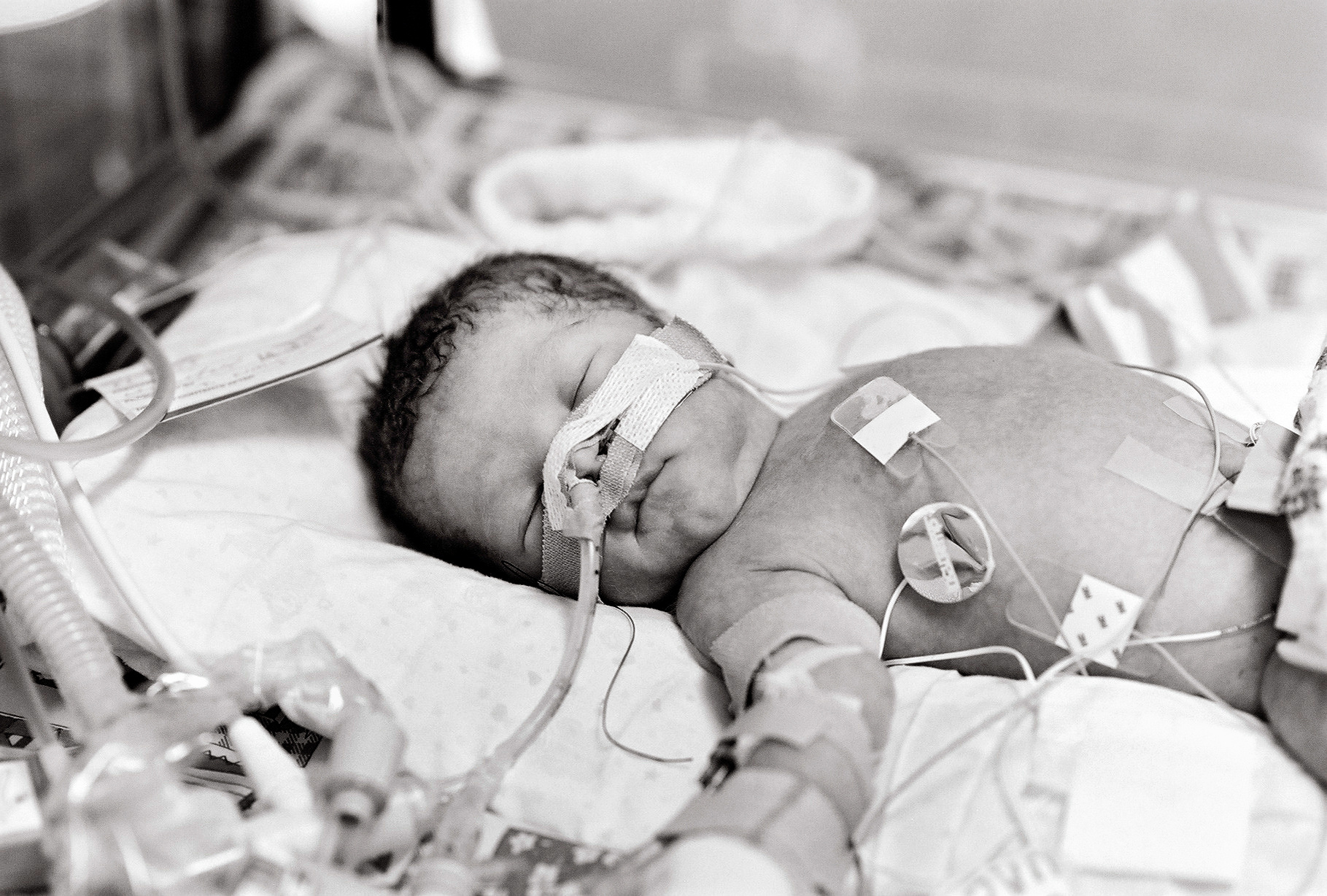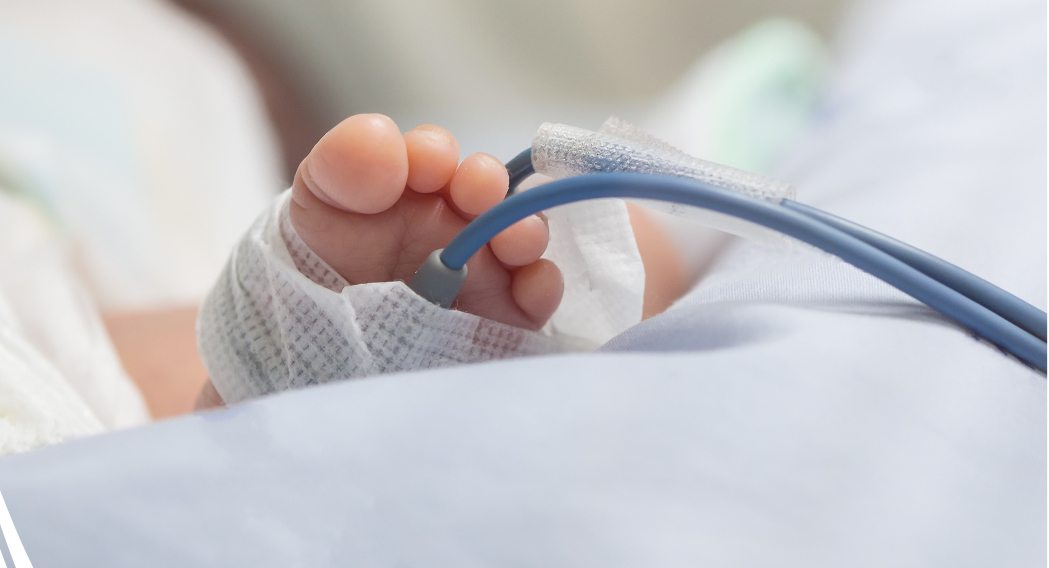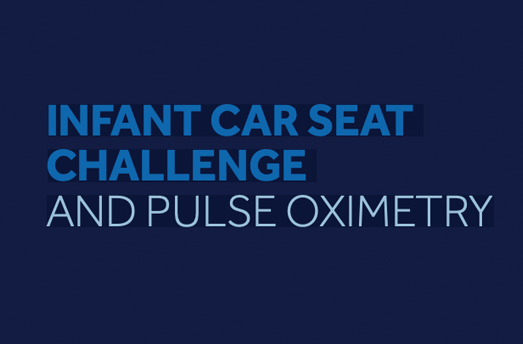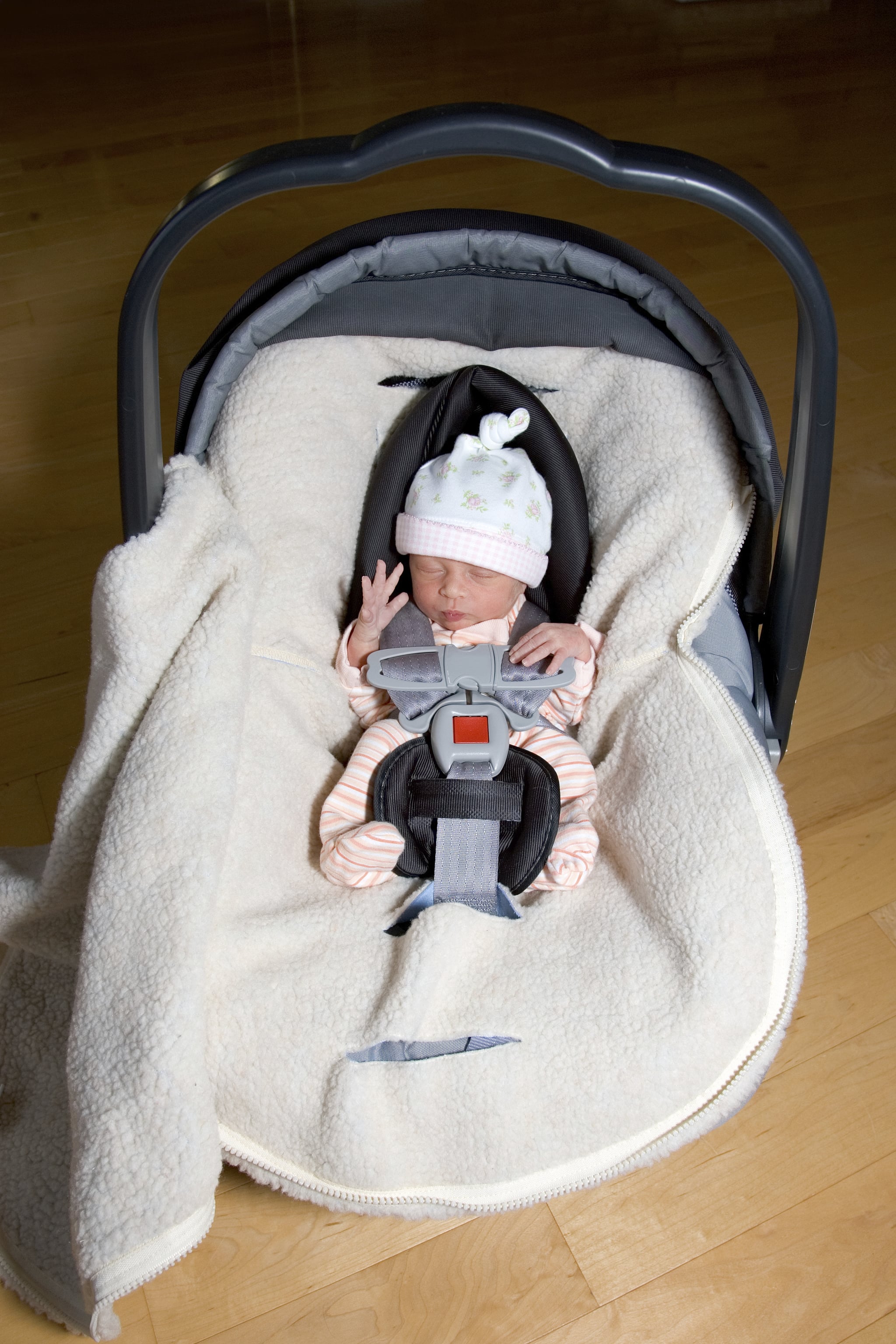– Study Compared the Efficacy and Reliability of Medtronic and Masimo Pulse Oximeters with Electrocardiography (ECG) Monitoring for Newborns
– Nellcor™ Pulse Oximetry Technology Demonstrated Statistically Significant Difference in Time to Deliver a Stable Oxygen Saturation Value and Heart Rate
Medtronic plc, the global leader in medical technology, has announced the results of an independent, prospective observational study comparing the efficacy and reliability of two pulse oximeters — Nellcor™ Bedside SpO2 Patient Monitoring System and Masimo Radical-7® Pulse CO-Oximeter®, both set at the highest sensitivity (“Neonatal” and “Fast” for Nellcor™ pulse oximetry technology and “Max” for Masimo) — with electrocardiography (ECG) monitoring following the delivery of 60 term newborns by Caesarian section. Pulse oximetry is a simple, noninvasive bedside test that can accurately detect the percentage of blood saturated with oxygen and measure heart rate.
According to the study, a stable signal was obtained from all 60 newborns with the Nellcor pulse oximeter but from only 55 newborns with the Masimo pulse oximeter. Of the 55 newborns with stable signals from both monitors, the mean time to stable signal with the Nellcor pulse oximeter was 15 seconds compared with 27 seconds with the Masimo pulse oximeter. The average difference of 12 seconds between the monitors was statistically significant (P <0.001).
The results of this prospective observational comparative study were published online in the Journal of Perinatology, the official journal of the Section on Neonatal-Perinatal Medicine of the American Academy of Pediatrics and the Neonatal-Perinatal Association of the United States. The study was conducted at the Rabin Medical Center, Petach Tikvah, Israel, a university-affiliated tertiary care center with approximately 9,000 births annually. The principal investigator of the study is Professor Ruben Bromiker, M.D., Department of Neonatology, Schneider Children’s Medical Center of Israel, Petach Tikvah, Israel and Sackler Faculty of Medicine, Tel Aviv University, Tel Aviv, Israel.
The availability of a pulse oximeter for monitoring oxygenation and heart rate of newborns contributes to decision making during resuscitation and stabilization, and can help physicians minimize the risk of either too low or too high blood oxygen levels and associated morbidity and mortality, the authors state in the discussion section. Both the Nellcor and Masimo pulse oximeters provide relatively quick measurements of oxygen saturation and heart rate in most cases well before the so-called “golden first minute” of resuscitation. The results conclude that Nellcor showed a statistically significant difference in the time needed to deliver a stable signal between devices which could potentially impact the provision of care during neonatal resuscitation.
With respect to heart rate, the study observed there was a difference of 312 beats per minute (BPM) between the Masimo monitor and the reference standard ECG in 18 of 51 (35%) newborns. In all 18 newborns, the ECG showed a heart rate >100 BPM versus <100 BPM with the Masimo monitor, which may be observed as false bradycardia with the Masimo device. In 16 of the 51 (31%) newborns, the difference in heart rate with the Masimo monitor was 340 BPM compared with the rate recorded by the comparator ECG. In contrast, the heart rate detected by the Nellcor pulse oximetry monitor correlated closely with that of the ECG, with no recording of false bradycardia and no reading having >40 BPM difference compared with the ECG.
“A newborn’s heart rate is a key component of physician assessment for resuscitation, and helps to identify not only those in need of intervention but also their response to treatment. Those who do not achieve a heart rate of 100 beats per minute by five minutes of life are at an increased risk of death,” said Frank Chan, president, Patient Monitoring, which is reported as part of the Minimally Invasive Therapies Group at Medtronic. “This study demonstrates that physicians can rely on Nellcor pulse oximetry technology to post data quickly, offer consistency, perform well with these patients, and meet the requirements of the neonatal resuscitation program guidelines, which are especially important in the delivery room.”
These findings are important because, per the neonatal resuscitation program (NRP) guidelines, only one minute should be allotted for completing the initial monitoring steps to inform reevaluation and initiation of ventilation.
About the Patient Monitoring Business at Medtronic
Medtronic is working together with the global healthcare community to solve clinically meaningful problems, with technologies and solutions for blood oxygen management, respiratory compromise, and perioperative complications.
*The NellcorTM monitoring system should not be used as the sole basis for diagnosis or therapy and is intended only as an adjunct in patient assessment.
About the Journal of Perinatology Publication
Khoury R, Klinger G, Shir Y, Osovsky M, Bromiker R. Monitoring oxygen saturation and heart rate during neonatal transition. comparison between two different pulse oximeters and electrocardiography. J Perinatol. Nov. 30, 2020. [Epub ahead of print]. https://www.nature.com/articles/s41372-020-00881-y
About Medtronic
Medtronic plc (www.medtronic.com), headquartered in Dublin, Ireland, is among the world’s largest medical technology, services and solutions companies – alleviating pain, restoring health and extending life for millions of people around the world. Medtronic employs more than 90,000 people worldwide, serving physicians, hospitals and patients in more than 150 countries. The company is focused on collaborating with stakeholders around the world to take healthcare Further, Together.
Any forward-looking statements are subject to risks and uncertainties such as those described in Medtronic’s periodic reports on file with the Securities and Exchange Commission. Actual results may differ materially from anticipated results.
Radical-7 and Pulse CO-Oximeter are registered trademarks of Masimo Corporation
SOURCE Medtronic plc

